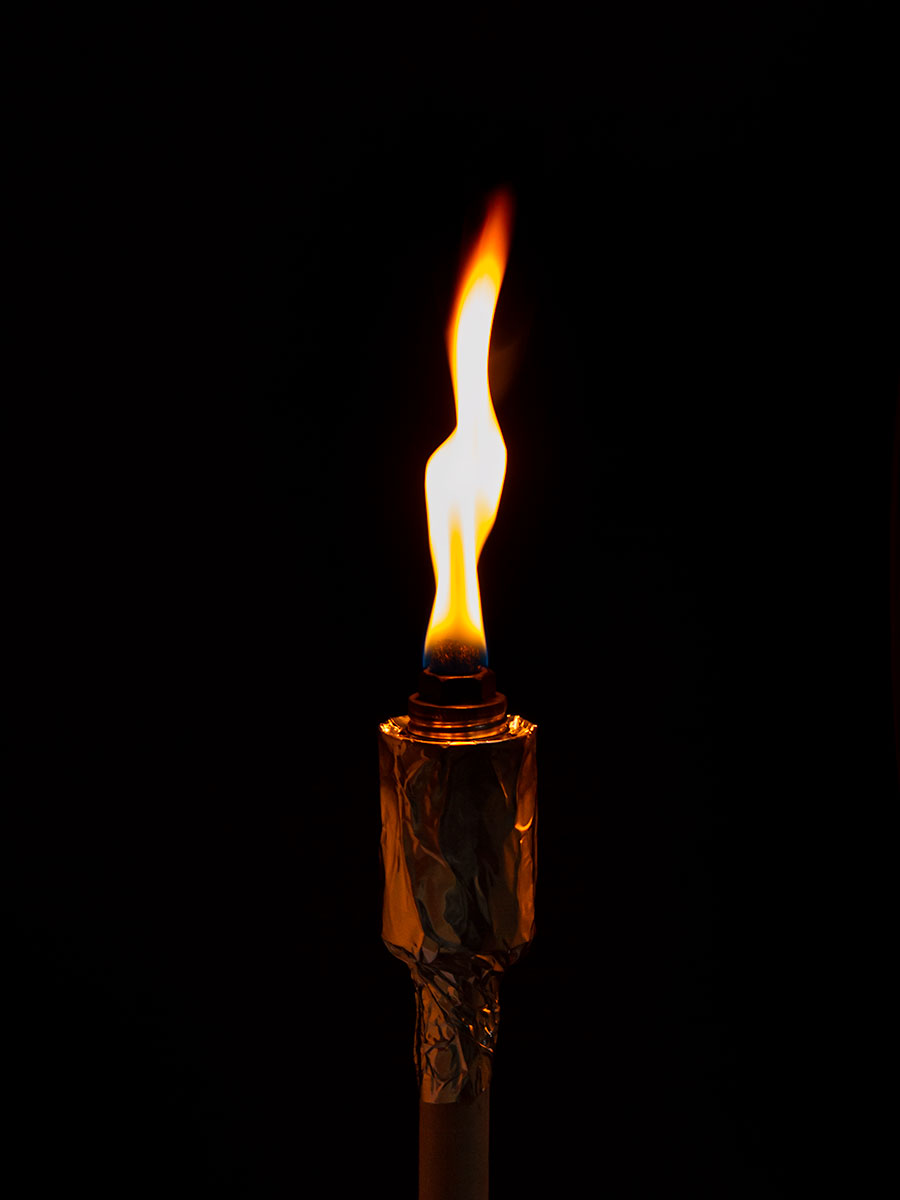Presidential political campaigns were much different in the nineteenth century, and to many people (me included), they sound like much more fun. Instead of ceaseless televised debates and commercials, scripted sound bites, and never-ending media analysis, the key political tool was the parade.
While everyone may still love a parade, Americans of 150 years ago, it seems, were absolutely enamored of them. Imagine for a moment you’re a member of the “Wide Awakes,” one of many political marching clubs organized to drum up support for political candidates. Since marching is what you do, you and your fellow Wide Awakes do it often and are very good at it. Everyone in the group (and there are thousands) owns a torch. Your torch — a new gimbal-mounted, nickel-plated tin torch in the shape of a Union Army musket — is particularly eye-catching.

When an evening march is organized on behalf of your presidential candidate, Abraham Lincoln, your club takes to the streets, waving torches with pride and artistry, even using them in the manner of rifles, presenting a display of close order drill to the crowds lining the streets. It’s very exciting.
Mr. Lincoln himself rarely attended actual parades, because at the time, candidates did not campaign personally. They stayed home and let others make speeches on their behalf. But on Aug. 8, 1860, Lincoln did participate in a rally near his home in Springfield, Illinois. He was mobbed by an enthusiastic crowd and was lucky not to have been injured.
These parades often lasted two to three hours. The costumed or uniformed participants sang campaign songs and shouted slogans as they marched. To satisfy the need for parade torches, scores of small manufacturing companies sprang up across the United States to fabricate them. Their factories ran at full steam, stamping out hundreds of thousands of unusually shaped torches — from rifle look-alikes for the aforementioned close order drill ceremonies, to torches built in the shape of faces, animals, capital letters (“L” for Lincoln), hats, pinecones, brooms, and pick axes.
Night after night, all over the country, people marched by torchlight, hoping the bright lights held aloft would awaken sympathetic feelings in onlookers and carry their candidate to victory. But the era of such campaigning tactics was soon to wane. In the 1860s and 1870s, strategies such as parades were the best way to reach people of all social status. However, as literacy rates rose and newspapers became less politically biased (at least overtly) political campaigning became less spectacular and more educational. By 1900, the importance and frequency of the torchlight parade declined dramatically, and the torch-manufacturing industry slid into a steep decline from which it never recovered.
Keeping Safety in Mind
- Use only outdoors.
- Kerosene is not as flammable as gasoline but extreme caution is still required. It must be stored in an approved container.
- Keep a fire extinguisher handy. Use extreme caution when lighting, handling, filling, or holding the torch. Never fill the torch while hot.
- Check often to make sure the can is securely attached to the dowel.
- Do not hold the torch too much off vertical or it might drip kerosene.
Materials
Metal can, small and clean with screw-on or replaceable push-on lid
JB Weld or other high-temperature epoxy adhesive
Hex nut, 5/8″
Cotton rope, 1/2″ diameter, 2-1/2″ to 4″ long — depending on can height
Wooden dowel, 1″ diameter, 3′ long
Kerosene — Do NOT use alcohol or gasoline.
Aluminum foil or high-temperature aluminum tape
Tools
Drill with 5/8″ bit
Fill spout — for the kerosene
Long-handled lighter or fireplace match
Fire extinguisher

MAKE Volume 33 features our special Software for Makers section covering apps for circuit board design, 3D design and printing, microcontrollers, and programming for kids. Also, meet our new Arduino-powered Rovera robot and get started with Raspberry Pi. As usual, you’ll also find fascinating makers inside, like the maniacs on our cover, the hackers behind the popular Power Racing Series events at Maker Faire.
Try your hand at 22 great DIY projects, like the Optical Tremolo guitar effects box, "Panjolele" cake-pan ukelele, Wii Nunchuk Mouse, CNC joinery tricks, treat-dispensing cat scratching post, laser-cut flexing wooden books, sake brewing, growing incredibly hot “ghost chili” peppers, and much more.
On newsstands now, by subscription, or available in the Maker Shed












